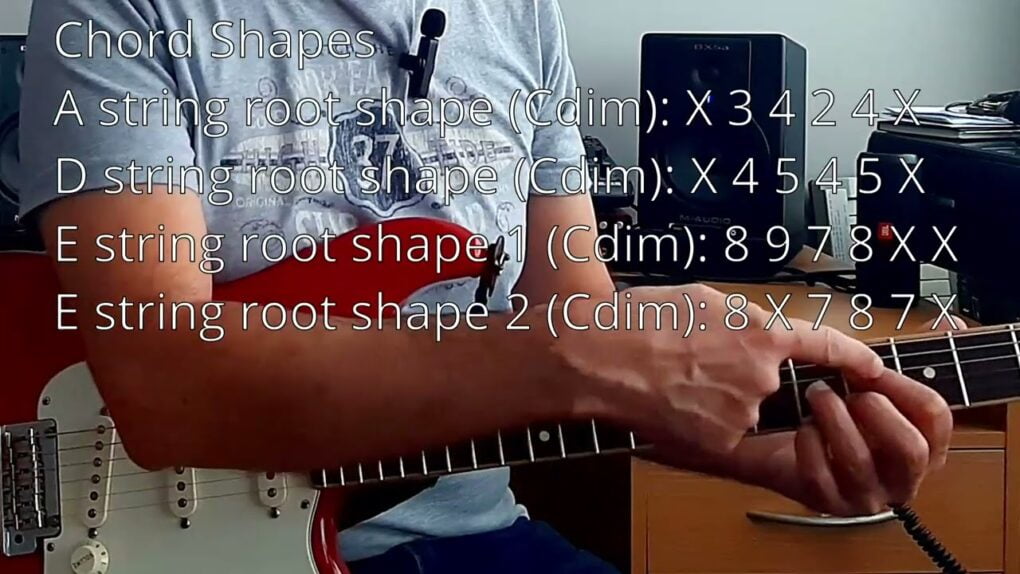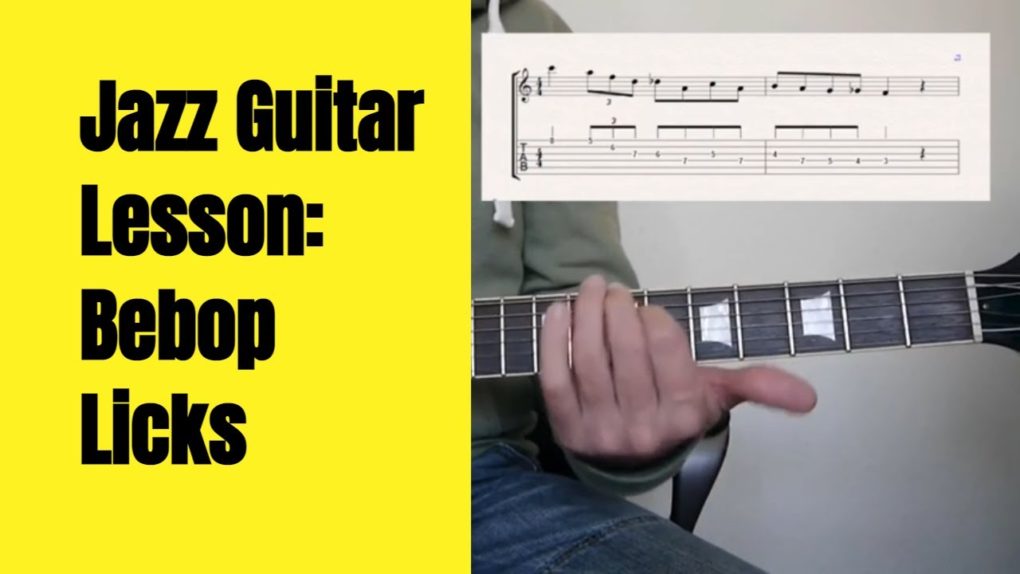Are you a jazz guitar enthusiast looking to elevate your playing skills? Today, we delve into the intricate world of jazz guitar with a focus on a captivating lick in the key of C. In this lesson, we explore the art of chromatic embellishments and enclosures, techniques that can transform your musical expression. Let’s embark on this musical journey together and unlock the secrets of jazz guitar improvisation.
Understanding the Lick:
The spotlight of our lesson shines on a mesmerizing jazz guitar lick. This phrase, rooted in chromatic embellishments, adds depth and complexity to your playing. By incorporating diatonic and chromatic notes above and below the target note, this lick creates a seamless, spiraling effect, capturing the essence of jazz improvisation.
The Importance of Transposition:
One of the key takeaways from this lesson is the significance of transposing the lick to different keys. By mastering transposition, you enhance your versatility as a guitarist. Moving through various keys allows you to explore different tonalities and enrich your musical vocabulary.
Application Across Chords:
The beauty of this jazz lick lies in its adaptability across different chords within the C major family. From the lush C major 7 to the soulful D minor 9 and the intriguing G dominant, this lick finds a home in a multitude of chord progressions. Its suspended sound resonates beautifully, creating a captivating auditory experience.
Putting It into Context:
To truly grasp the essence of this lick, it’s essential to apply it in context. Imagine weaving this enchanting phrase into a 2-5-1 progression in C. The result? A musical masterpiece that captures the essence of jazz, blending seamlessly with the accompanying chords and creating an electrifying atmosphere.
Sharing the Knowledge:
As you embark on your jazz guitar odyssey, don’t forget to share the wealth of knowledge. Spread the word about this lesson on social media platforms, and let fellow guitar enthusiasts experience the magic of chromatic embellishments. Your support can help others enhance their musical journey and explore the boundless possibilities of jazz guitar.
In conclusion, mastering jazz guitar is a lifelong pursuit filled with endless discoveries. Today, we’ve unveiled a captivating lick rooted in chromatic embellishments, offering you a glimpse into the world of jazz improvisation. Embrace the challenge of transposition, explore the versatility across chords, and infuse your playing with the spirit of jazz. Now, it’s your turn to pick up your guitar, dive into this enriching lesson, and let your musical creativity soar. Happy playing!


